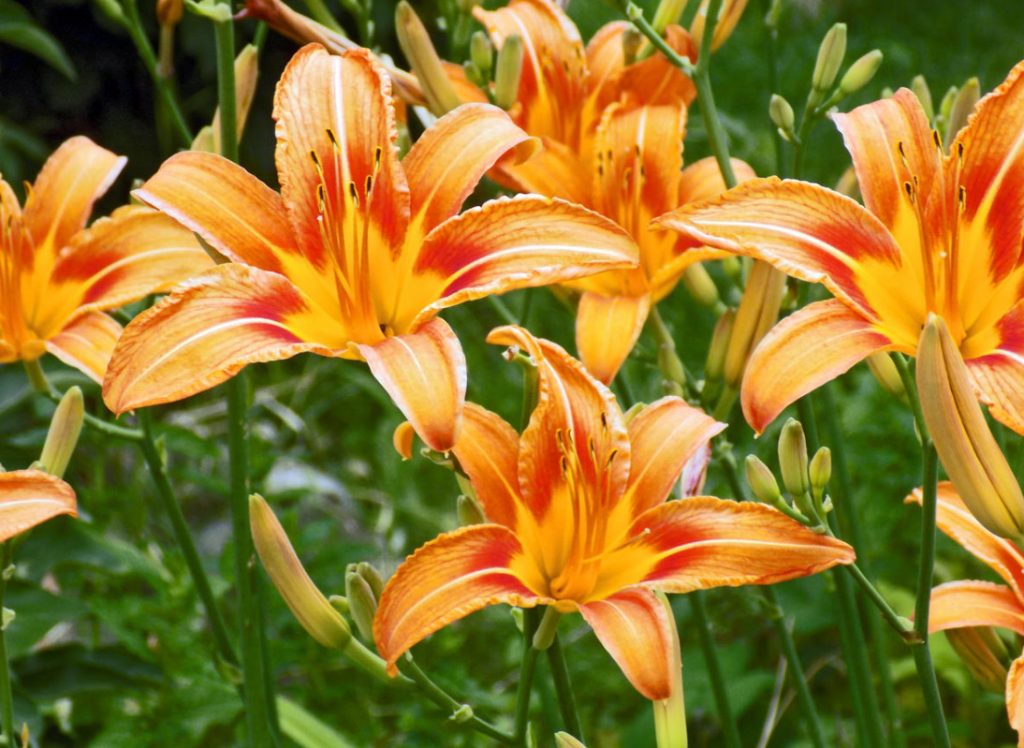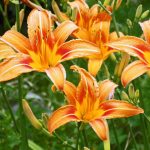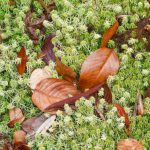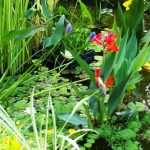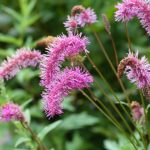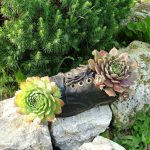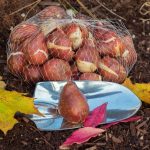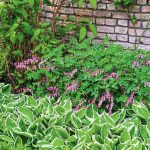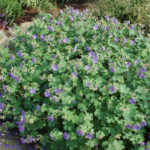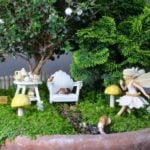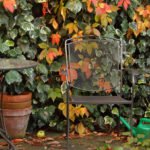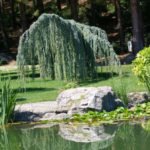Background landings
Aruncus
Background landings are an important element of suburban design, because any theater needs wings of varying degrees of height. If you need to fence off your neighbors with a live fence and at the same time create a winning background for medium — sized flower beds-feel free to choose Aruncus.
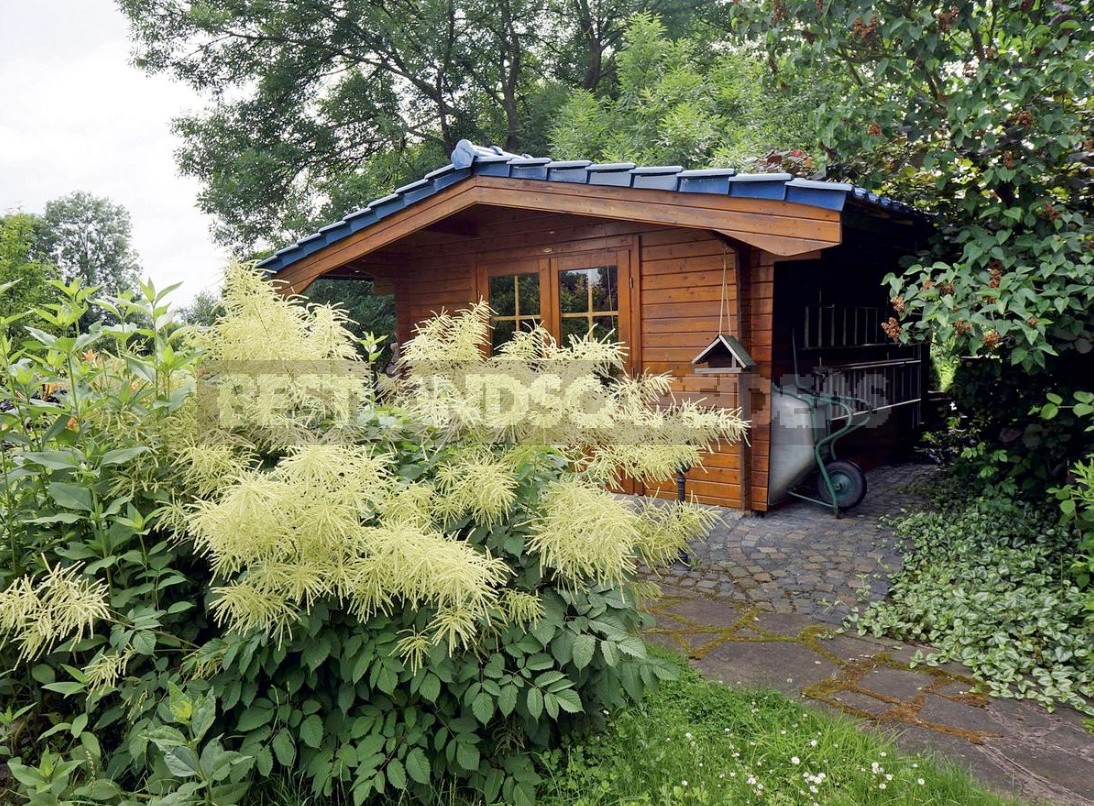
Aruncus looks especially impressive in the evenings. The names of some plant varieties are extremely beautiful: “Misty lace” or “Noble Spirit”.
In this powerful and sprawling plant, it is not easy to identify a herbaceous perennial, but nevertheless it is a fact. However, this plant is full of contradictions. Picturesque and voluminous Aruncus thrives on both fertile and poor soils. It is able to grow in one place for more than 10 years, perfectly tolerates waterlogging and at the same time easily withstands a long drought, loves light, but it does not develop any worse in the shade, creates an amazing background, but it does not look any worse and solo.
Tip: in a shady garden, make Aruncus a soloist, and decorate the foot with groundcover plants-Lamium, ferns and Polygonatum.
Actaea racemosa
Another tall beauty — Actaea racemosa, it is characterized by a long — lasting-from June to September-flowering and easily lives in one place for more than 20 years.
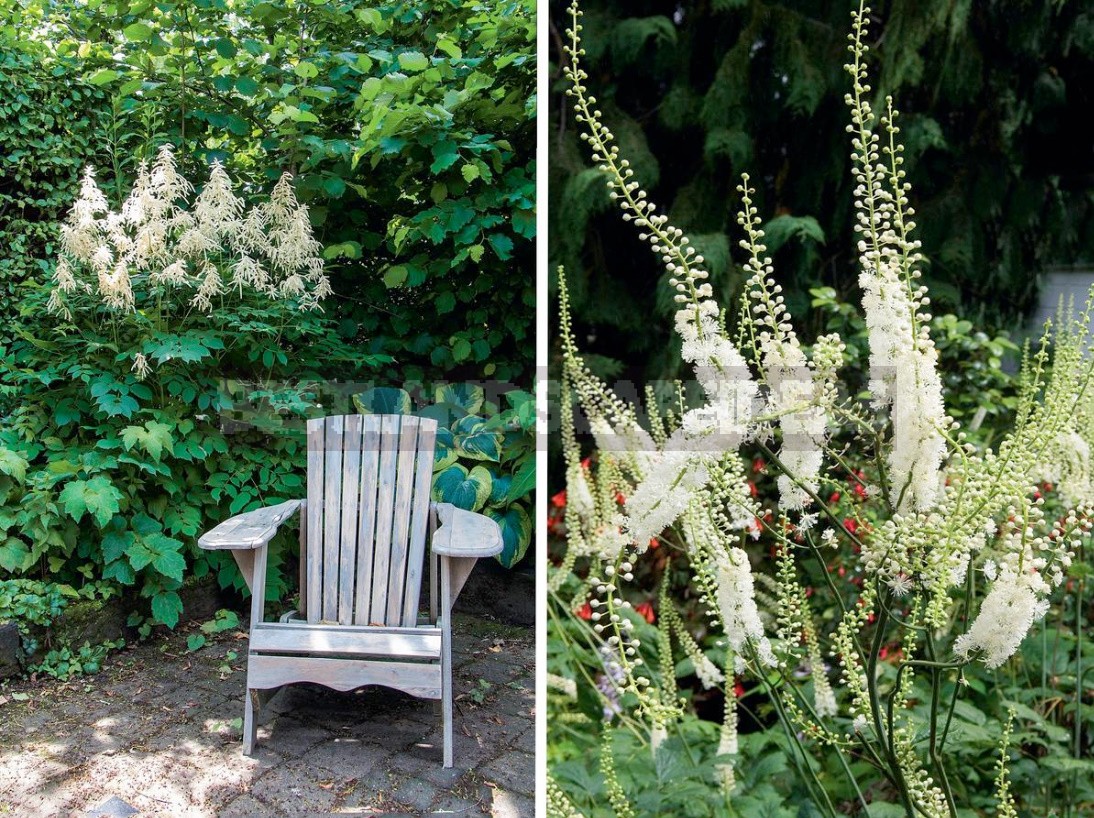
Thanks to the wonderful openwork foliage, the color of which varies from green to dark purple, the plant looks very impressive not only at the time of flowering, but also in the usual state of rest. Prefers the sun or partial shade, perfectly decorates household plots, unsympathetic objects and unsightly places. Important: absolutely does not tolerate transplanting, so the landscape with its participation should be planned in advance and very carefully.
Actaea racemosa is ideal for creating a hedge or a picturesque thicket around a gazebo or house, it looks no less cute next to a pond. Invite shade-loving plants that prefer moderately moist soil (such as Carex or fern) to join him in the neighborhood. The combination with Phlox, lilies and Anemone will be no less winning.
Euphorbia epithymoides
If you want to create miniature thickets, use Euphorbia epithymoides, which is usually less than 50 cm tall. The plant does not tolerate excessively moist soils, feels great in one place for 10 or more years and perfectly “fills the pauses” in flower beds and borders stretched along the paths. Prefers Sunny corners of the garden or places with a sliding light penumbra.
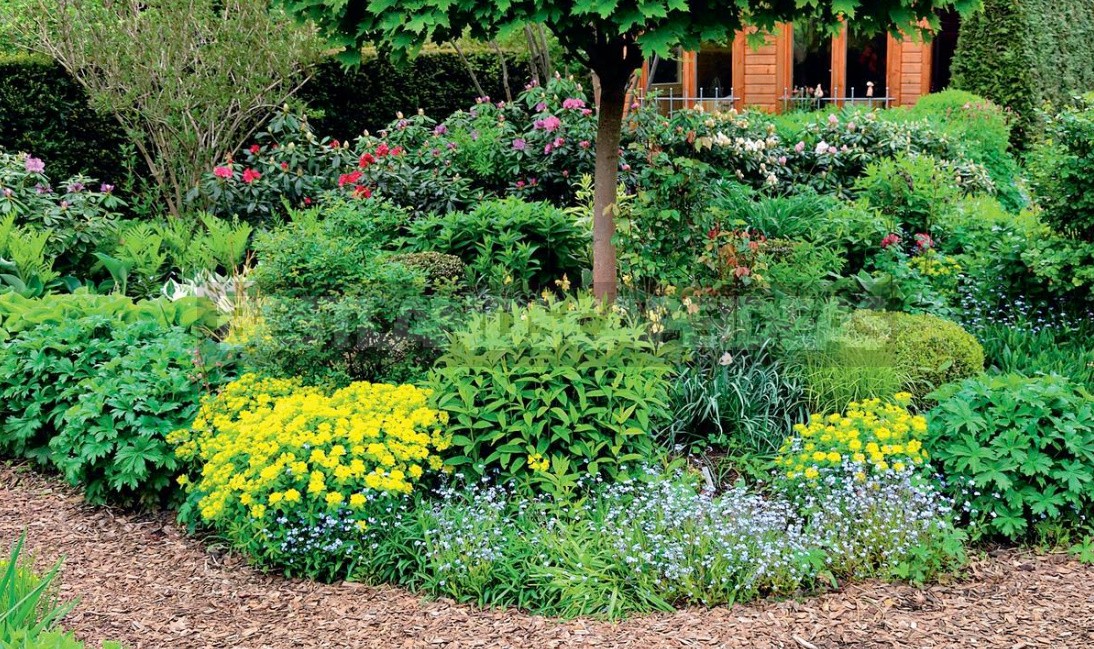
Important: lack of lighting leads to a loss of decorativeness — the bloom becomes less bright, gradually disappears altogether, and instead there is an increased increase in the green mass.
Carpet planting
Carpet planting can transform and refresh any country plot, and diversify them is easy — just place potted compositions or other spectacular accents on such a space. From what to grow practical and cute “mats”?
Pulsatilla vulgaris
An unexpected candidate-Pulsatilla vulgaris, it will serve faithfully for 20 years or more, if you create optimal conditions for its existence.
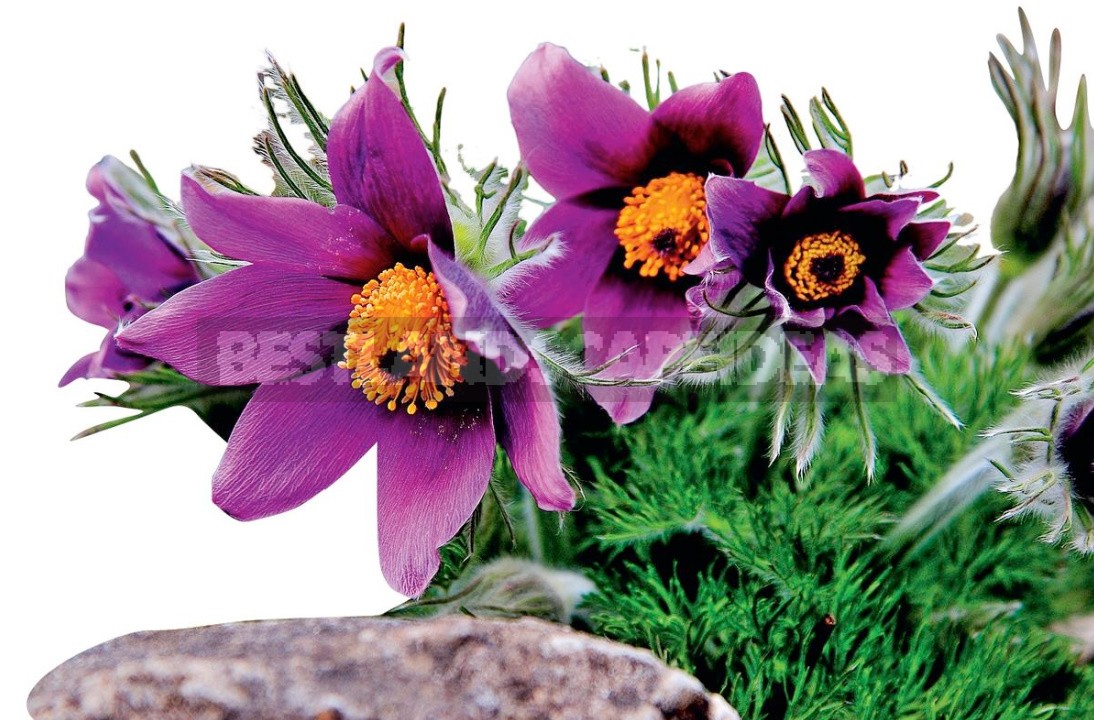
Its comfort requirements are quite simple: lots of sun and no transfers! And then in early spring, your lawn will be filled with the most delicate bells (up to 50 buds can grow on one Bush), and in autumn it will please with decorative foliage and cute fruits. The plant is planted against a background of high bushes and coniferous trees, individual landings look good next to powerful boulders and picturesque snags.
Important: Pulsatilla is a good neighbor to Crocus, Puschkinia, Gentiana and Heuchera.
Vinca
Well, if you decide to spread a grassy carpet in a shady corner — you will not find a better candidate than Vinca.
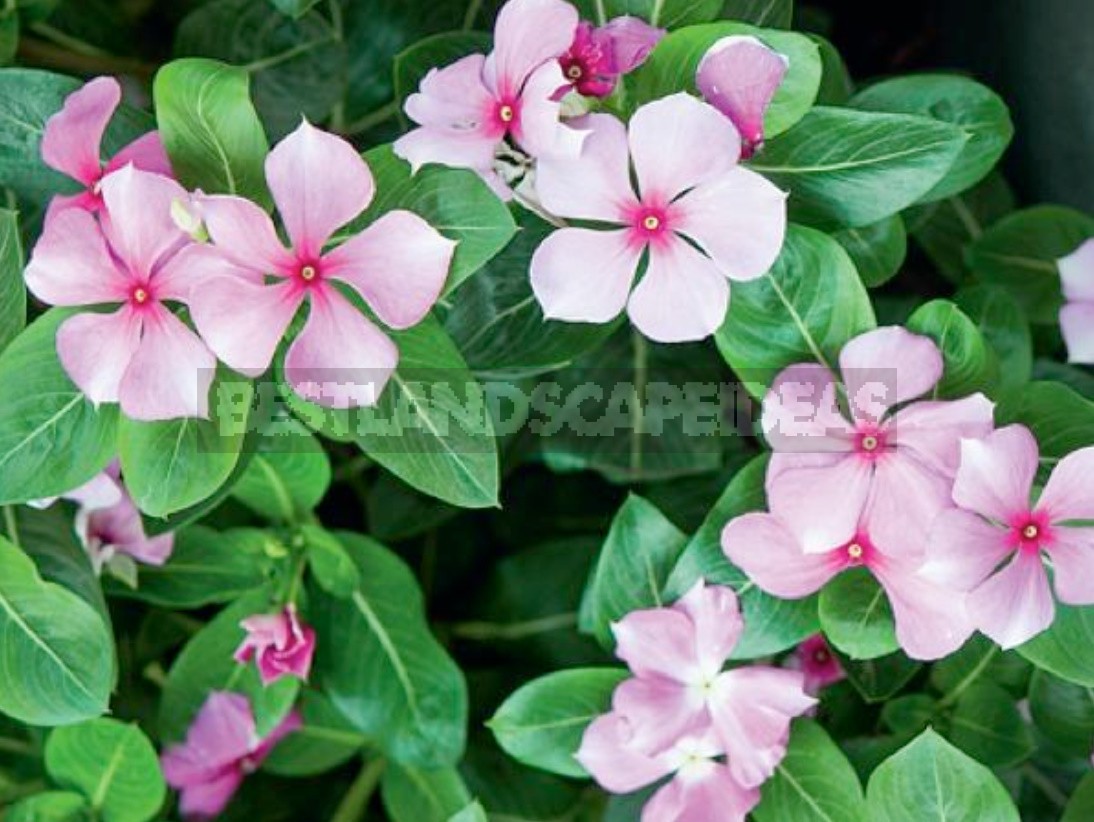
This groundcover plant blooms in the middle of spring and spreads quickly, easily rooting in contact with the ground. The Vinca cultivars create spectacular curtins made from fresh greens with spots of all shades of blue, white, pink and purple. It can be planted in Sunny and shaded areas, a thick dark green carpet with pale blue, pink and other colors of flowers will always look neat and well-groomed. Another advantage of Vinca is that where it grows, there are no weeds, this reduces the time and effort spent on maintaining the flowerbeds in order.
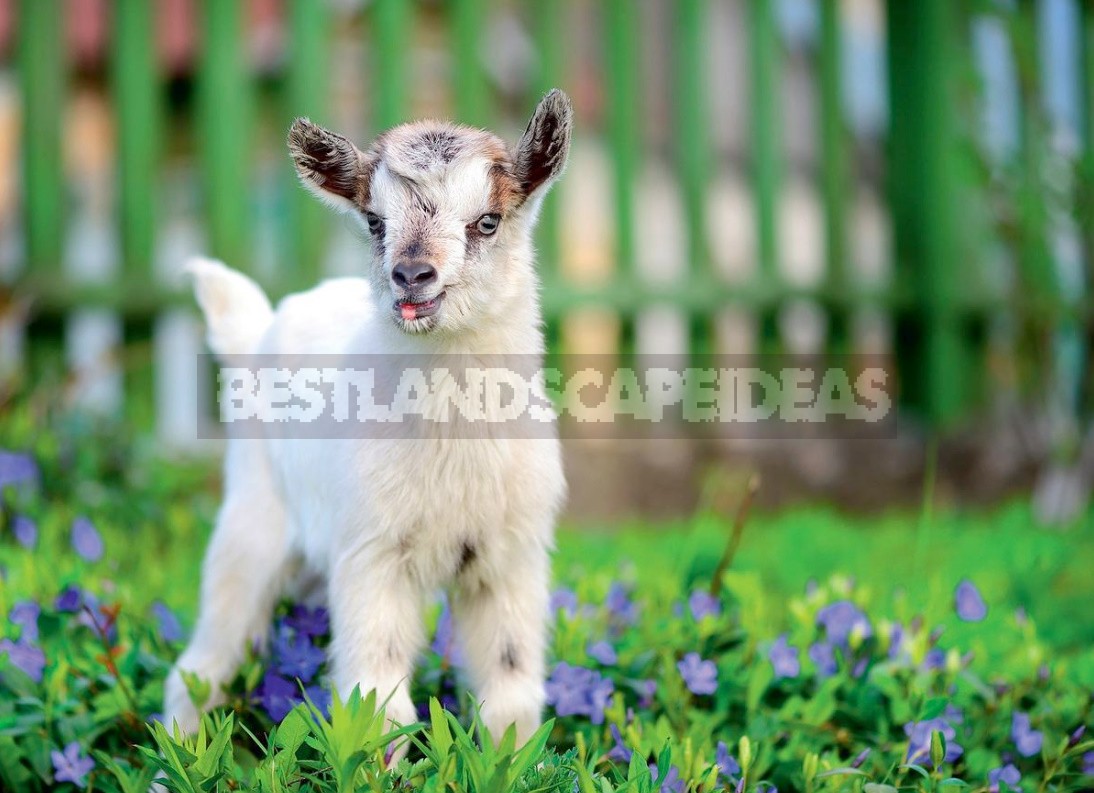
Important: the plant feels great on loam rich in humus, and prefers moderate humidity. It is best to plant it in slightly shaded areas where scattered lighting.
Anemone hepatica
Are you sure that a live rug should be delicate and unusual? Try to grow it from Anemone hepatica, which can live in one place for more than 20 years.
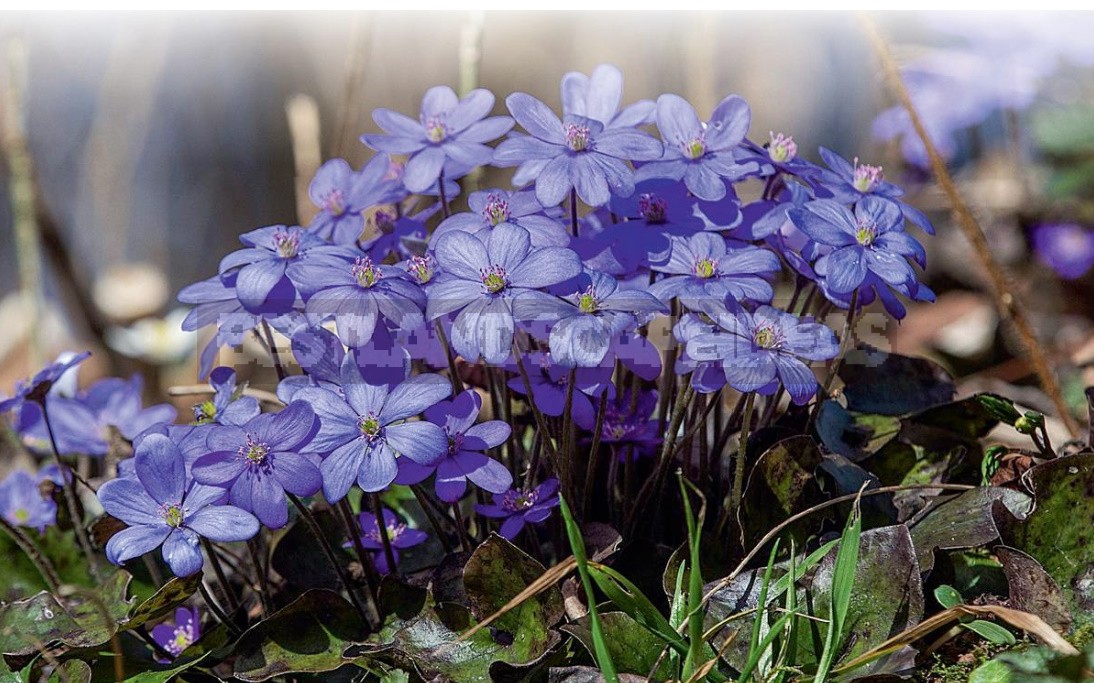
Blooming pale blue, white or pink carpets in early spring make an indelible impression. A nice bonus — the plant is propagated by seeds, and its cultivation will not be difficult. In the wild, Anemone hepatica lives in forests, so in the garden it should be placed in the shade of trees, in areas with fairly moist soil.
Important: do not forget about mulching-in natural conditions, plants are constantly “hiding” under needles and leaves that have fallen from trees, and they need similar conditions in the garden. For mulching, oak shavings, wood chips or spruce bark are suitable.
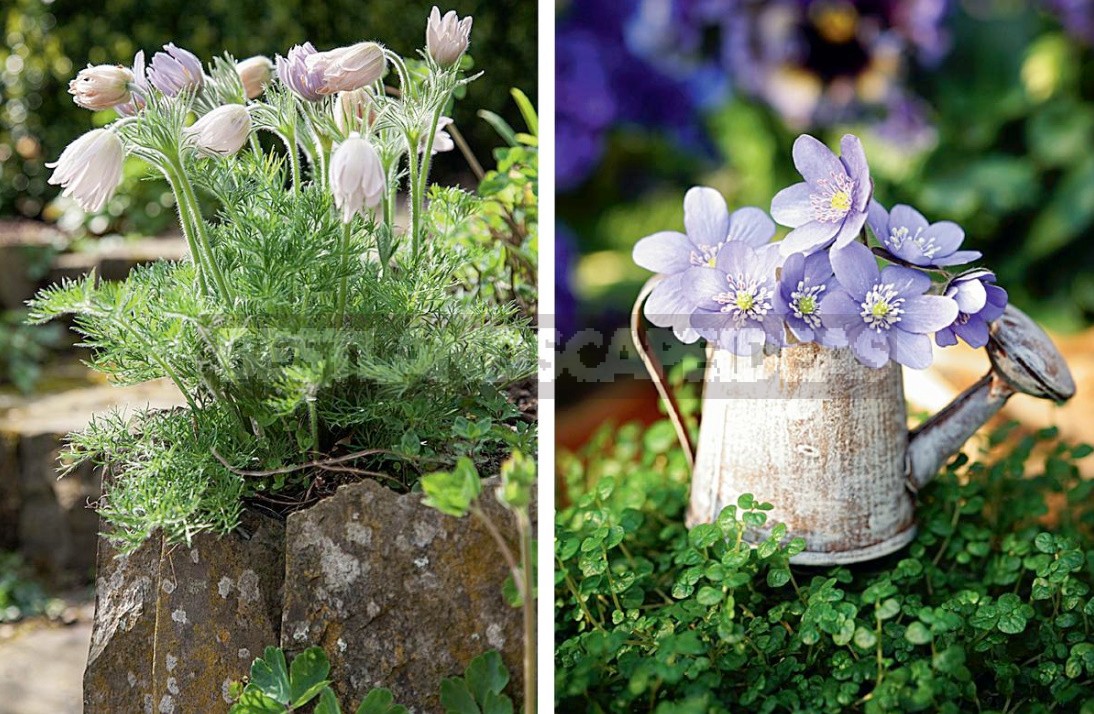
Tip: Anemone hepatica looks great with spruce and other conifers.
